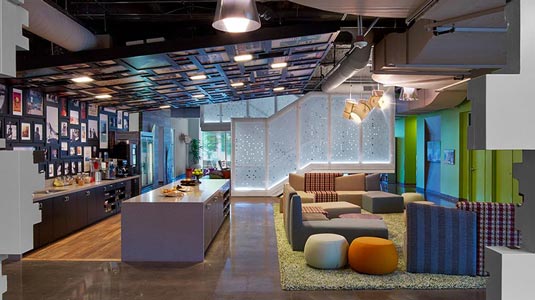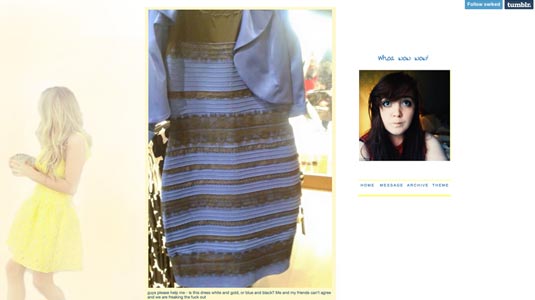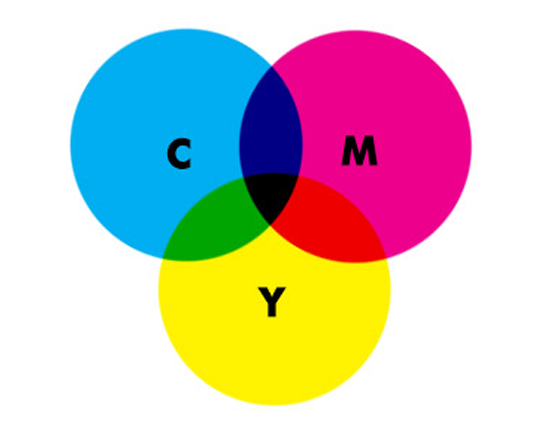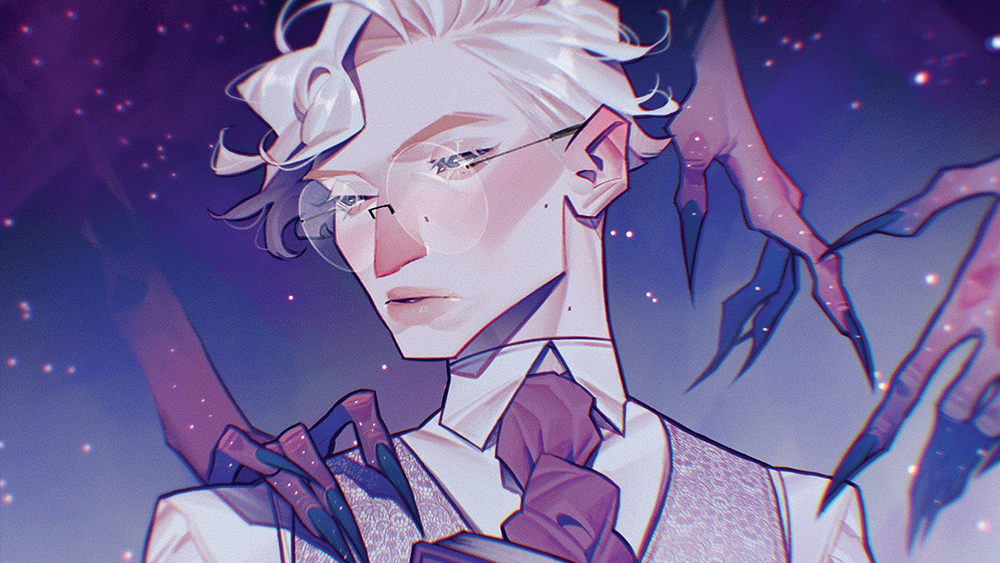How to successfully design for all the senses
Don't just design for eyes. Designer Joseph White explains how to engage all the senses.

Rapt Studio is a multidisciplinary group of thinkers, designers, and doers; we work in the fields of visual design, physical design, and strategy.
Our sights are always set on creating experiences that connect and inspire humanity, regardless of the medium. This post will focus primarily on design strategy in the creation of physical spaces, but much of it will be applicable to all types of design.
Perception is open to interpretation
Think back a few months to when the photo of #thedress ignited the internet in debate, those who saw #blueandblack went tweet-for-tweet against those seeing #whiteandgold.

After much debate both speculative and scientific, we learned that multiple factors were at play. The context in which the image was viewed, the viewer's inclination toward natural or artificial light, and the influence of language all combined to account for the great discrepancy in popular opinion.
What does this mean for design? It means that sensory perception is open to interpretation. How can you mitigate the risk of your design intent being lost in translation? Consider the context.
Context is critical
Human perception is highly influenced by contrasts. Brushing your teeth before a glass of OJ, or stepping out into the sun after a matinée will make that truth abundantly clear.
Understanding the primary context in which your work will be perceived allows you to avoid unpleasant contrasts and focus on the features that will carry the greatest impact.
Daily design news, reviews, how-tos and more, as picked by the editors.
- Consider the existing environment: light levels, ambient colour (e.g. what can you see through the windows?), sources of sound (an adjacent busy street for example), and any present odours (pleasant or otherwise) that may surround the space.
- Note which sources to build upon and which to mitigate. Also identify your audience: what are their expectations, behavioral norms, and point of view? The more you know, the greater your chances for success.

Now that you understand the context – the baseline of existing sensory engagement – what is the objective to be achieved? Define the intended cognitive and emotional takeaway. Is it tranquility and introspection, vibrancy and gregariousness, or something in between?
With the context and objective clearly defined, you're ready to design a new experience.
Awaken the senses
All of our senses have the ability to deliver a poignant impression. In daily life, however, we rarely stop to focus attention on individual sensory engagements. It is after all, the full experience that makes or breaks a space.
The next time you walk into a new environment, take a quick survey; how are each of your senses being stimulated?
A healthy and rich experience will target many, a dull and lifeless one… only a few. Based on your understanding of the context and objective, evaluate which of the senses can deliver the greatest impact for the task at hand.

- Consider each of the senses individually, and how they can collectively work to support your objective. colour, scale, proportion, light, acoustics, aroma, and appetite can be used to influence behavior within an environment. Principles of colour theory tell us that warm colours focus attention outward while cool hues lend themselves to introspective activities.
- Scents can leave us feeling calm, invigorated, or simply refreshed. The scale of a room along with its perceived brightness and colour temperature of light can have dramatic effects on the volume and level of speech between people.
- Texture and surface characteristics can impart a sense of swift efficiency or luxurious leisure. Even our sense of taste has a role to play. Food can motivate your audience to gather together, take a break, refuel for a long haul, or simply pause for a moment of delight.
When you build new experiences from the ground up, one sense at a time, you can reach beyond simple aesthetics to make impact on cognitive and emotional levels.
Words: Joseph White
Joseph White is director of strategy at multidisciplinary design practice Rapt Studio.
Like this? Read these!
- Stimulating design offices to stir the senses
- Free graphic design software available to you right now!
- The ultimate guide to logo design

The Creative Bloq team is made up of a group of art and design enthusiasts, and has changed and evolved since Creative Bloq began back in 2012. The current website team consists of eight full-time members of staff: Editor Georgia Coggan, Deputy Editor Rosie Hilder, Ecommerce Editor Beren Neale, Senior News Editor Daniel Piper, Editor, Digital Art and 3D Ian Dean, Tech Reviews Editor Erlingur Einarsson, Ecommerce Writer Beth Nicholls and Staff Writer Natalie Fear, as well as a roster of freelancers from around the world. The ImagineFX magazine team also pitch in, ensuring that content from leading digital art publication ImagineFX is represented on Creative Bloq.
